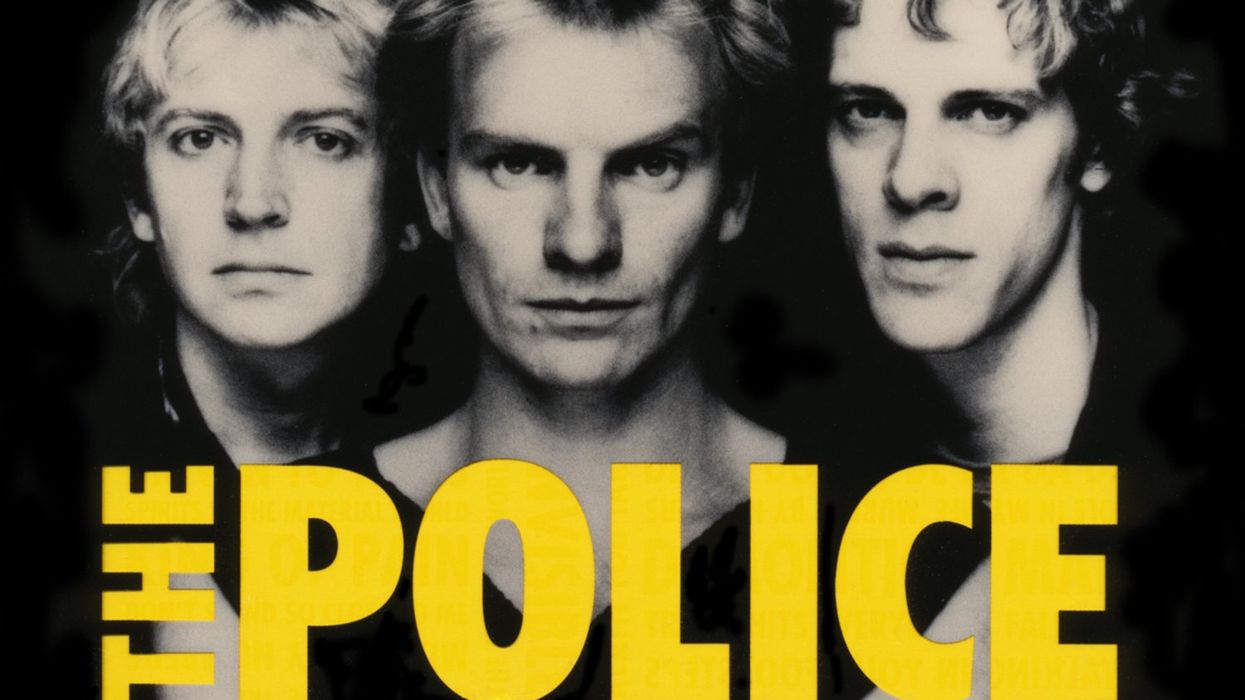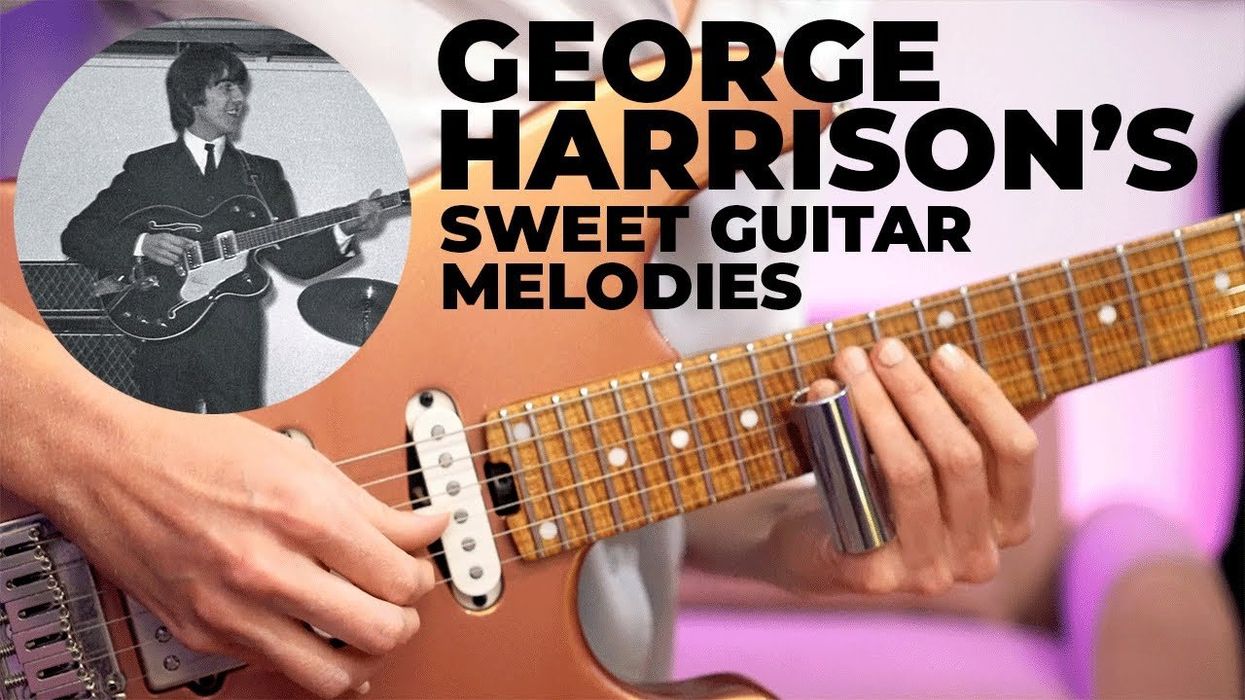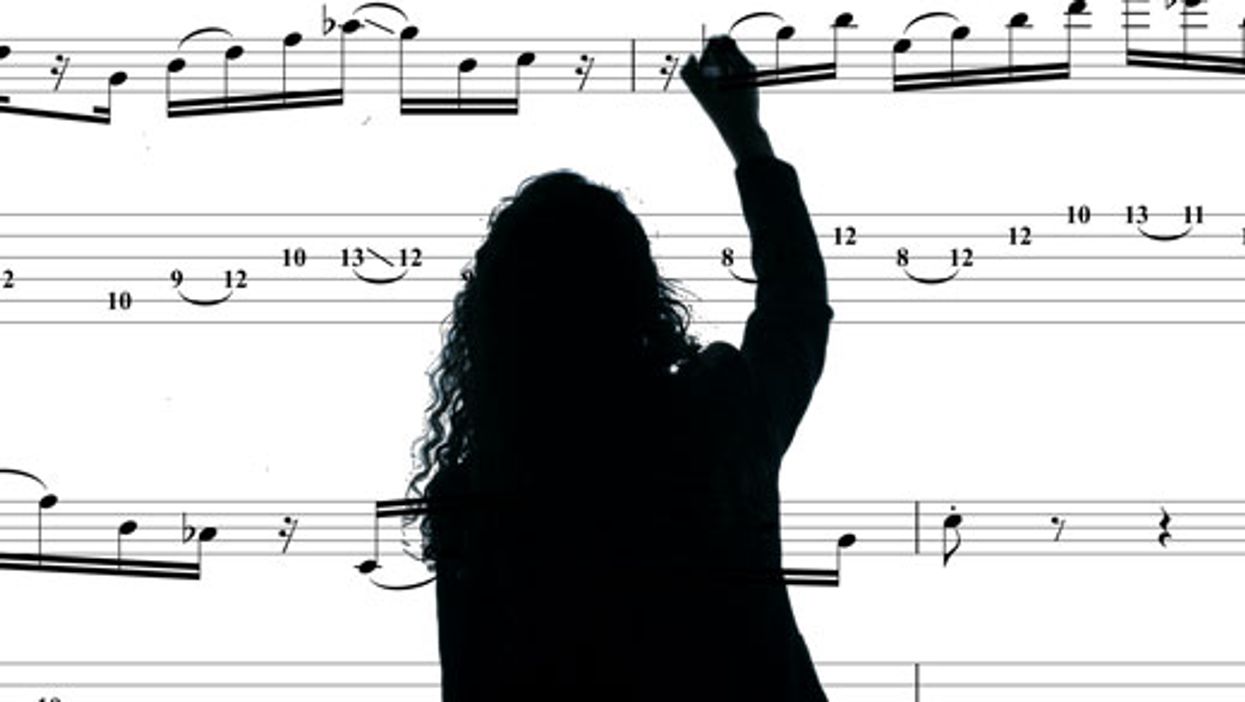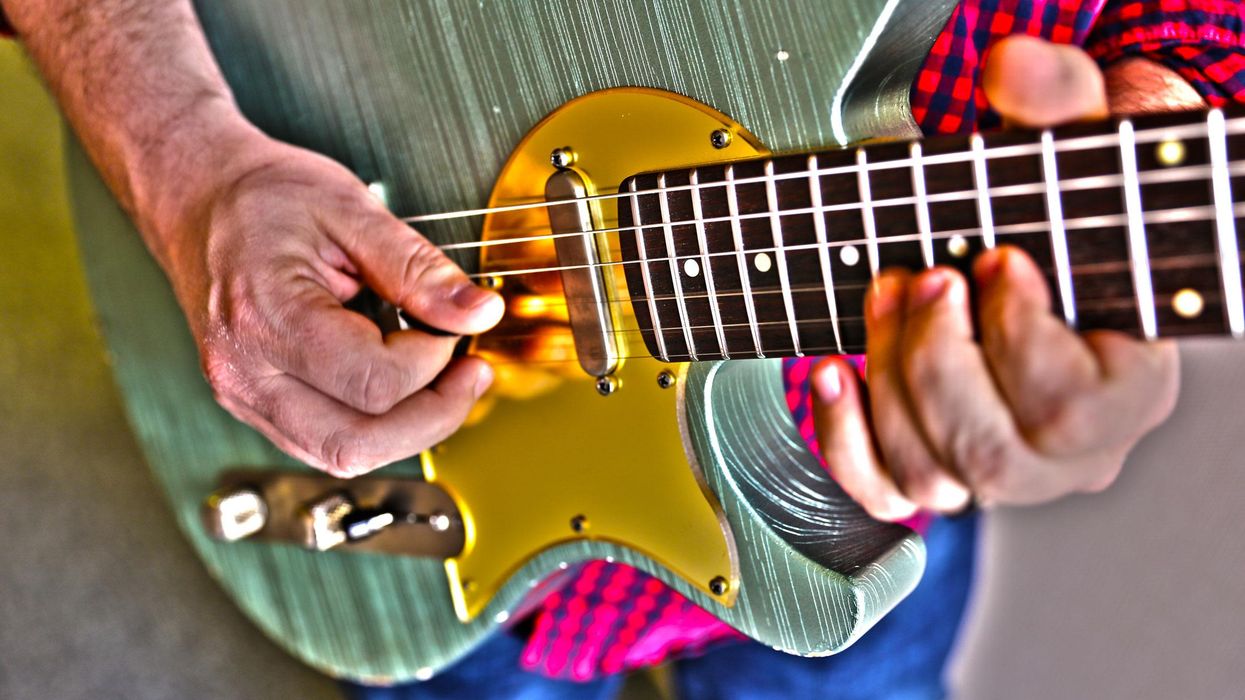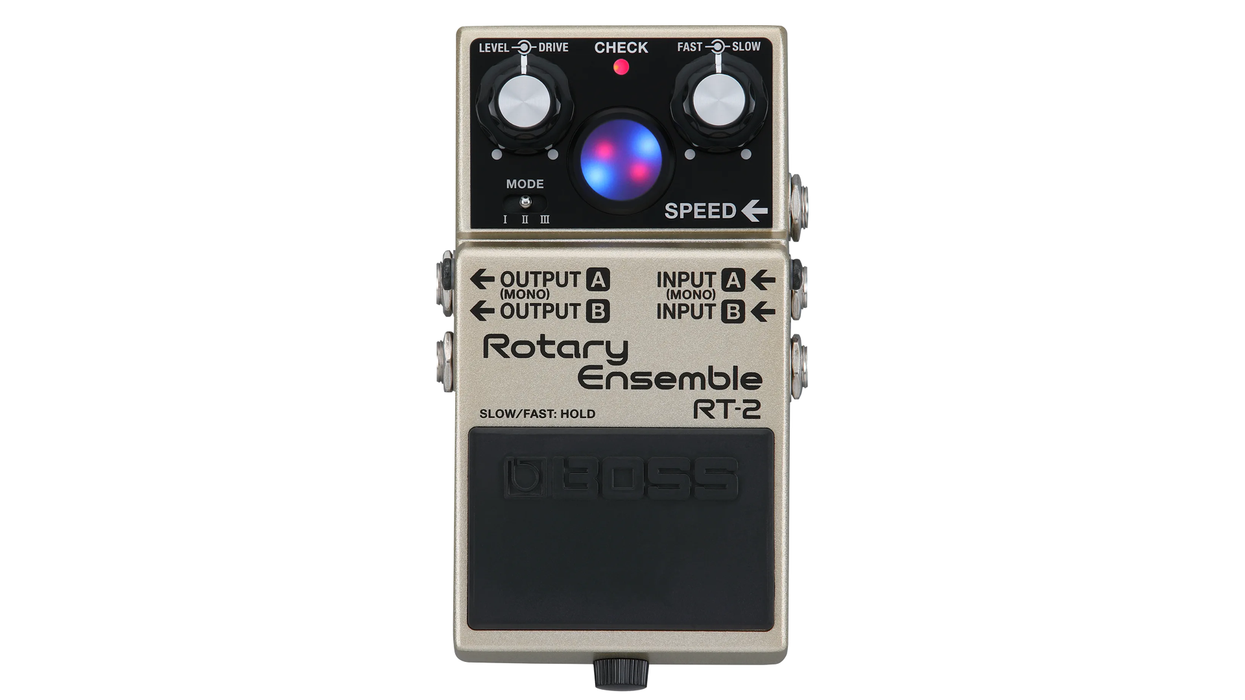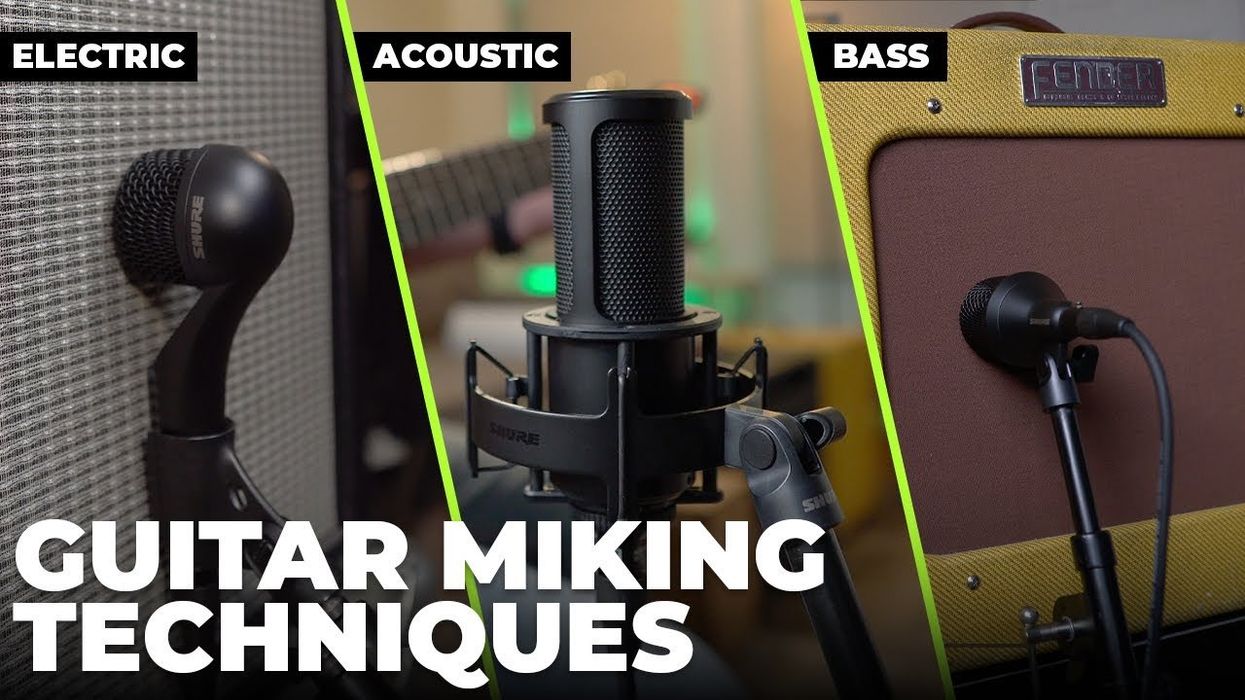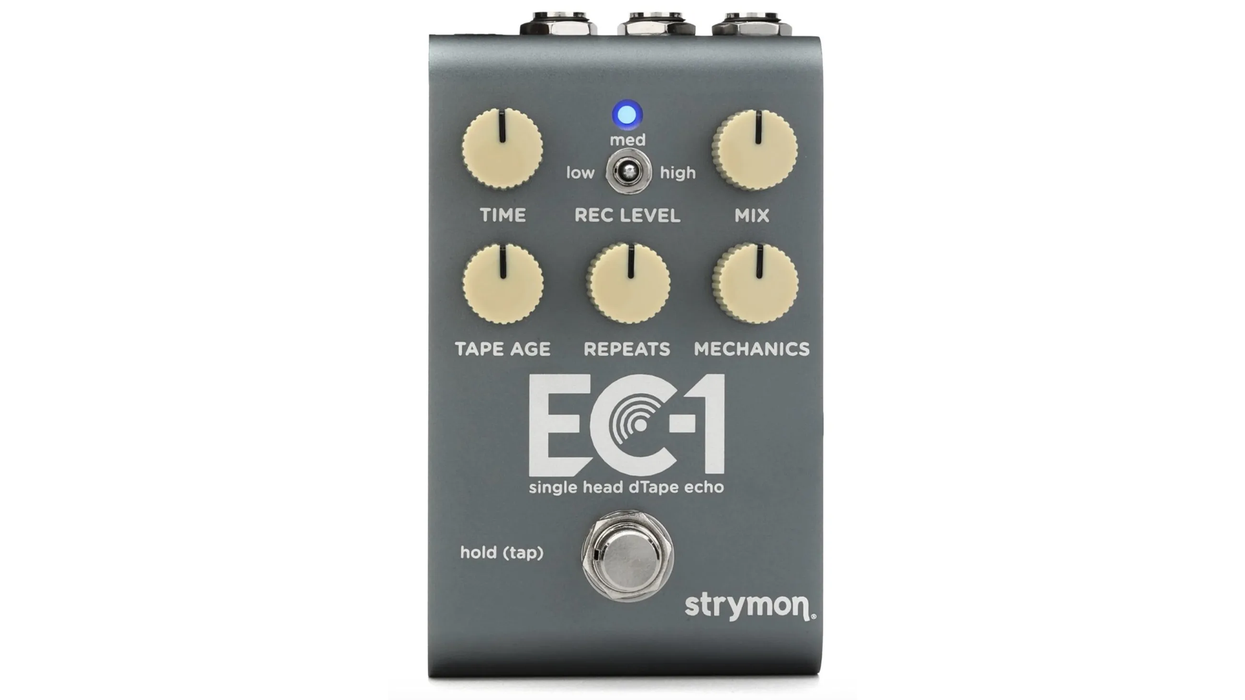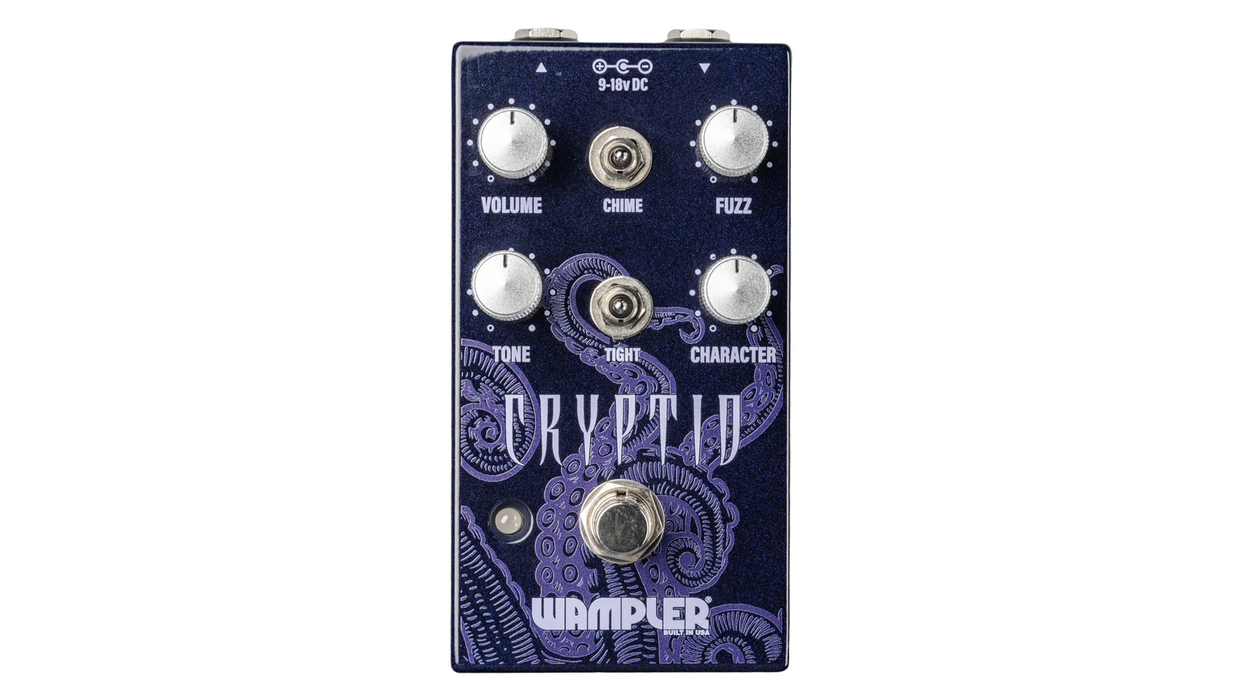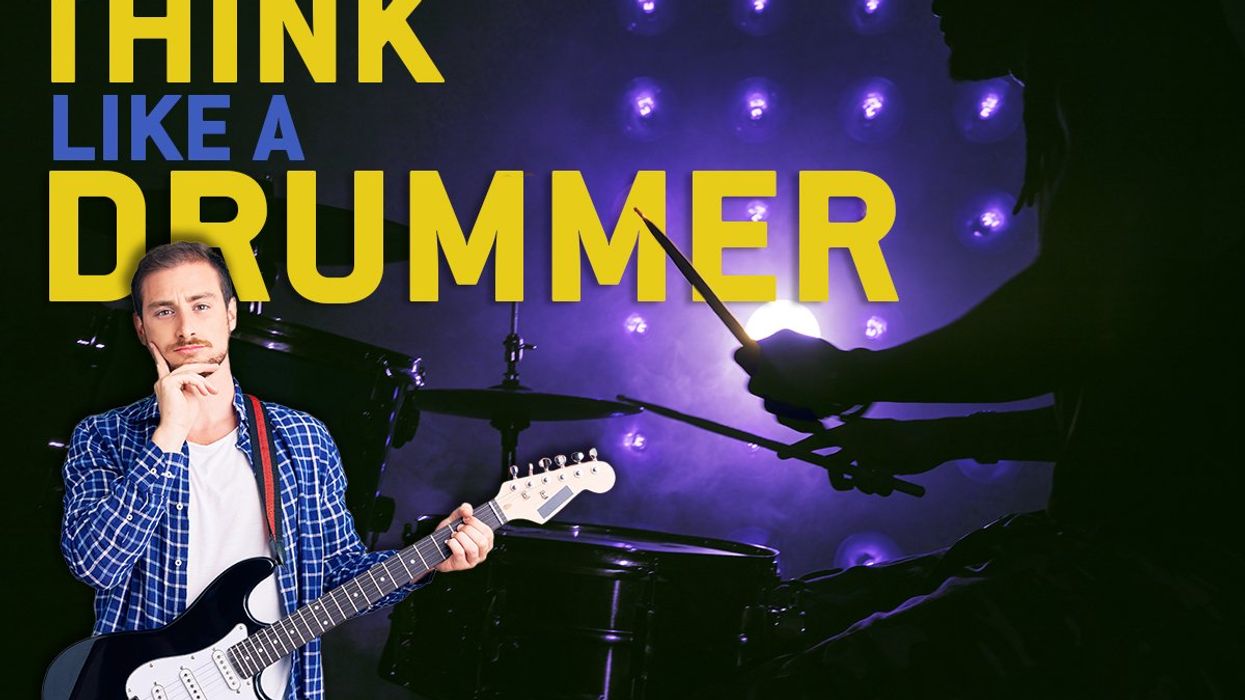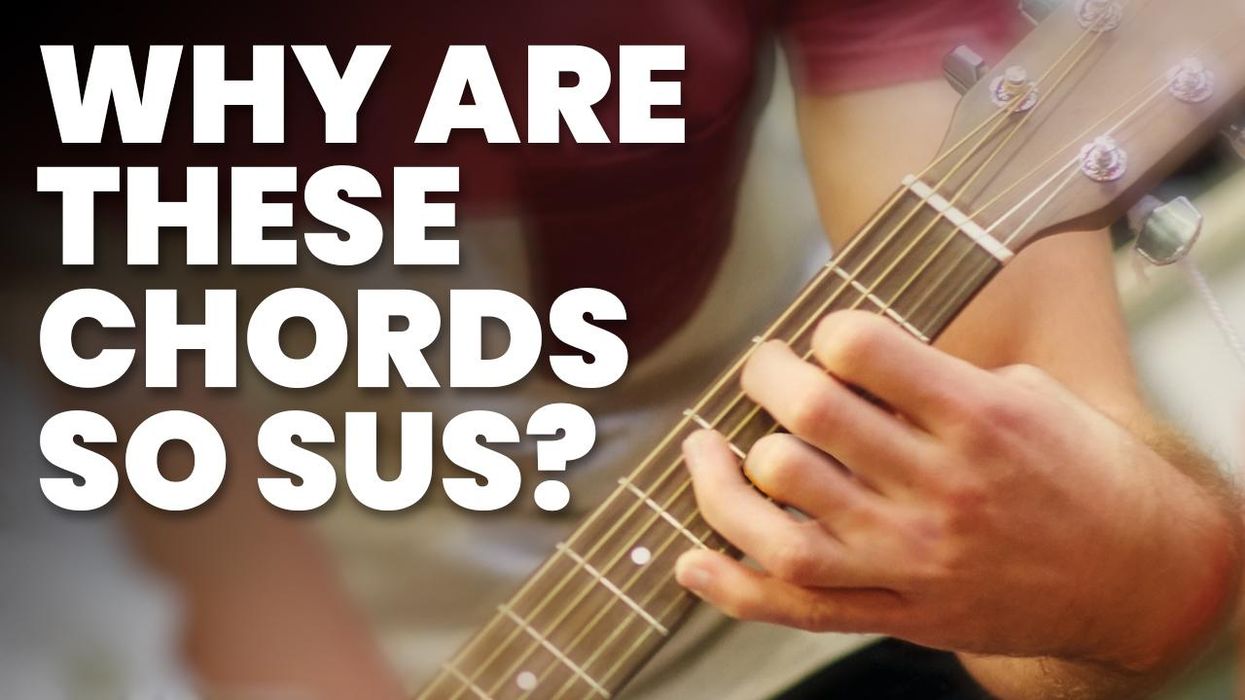Chops: Intermediate
Theory: Intermediate
Lesson Overview:
• Create danceable licks by focusing in on syncopation and feel.
• Learn how chromatics can make your phrases more interesting.
• Develop a better sense of internal time when playing along with drum loops.
Click here to download a printable PDF of this lesson's notation.
A few years ago, a buddy of mine came to see Snarky Puppy at a club in Denton, Texas. He brought his wife along, and after a particularly groovetastic solo from one of our keyboardists, she said, “Wow! He plays solos you can dance to!”
At first, the idea of playing a danceable solo was somewhat of an abstract concept to me. But the more I thought about it, the more it made sense. Just listen to any solo by the likes of Willie Weeks, Bernard Wright, Maceo Parker, or maybe Johnny “Guitar” Watson. None of these guys are drummers, but if you removed the backbeat from underneath their solos, you’d still be grooving along.
The concepts explored in the examples below are designed to help put a little more boogie in your lead lines and melodies ... or just get you grooving in a new way altogether. The backing tracks featured are more or less of the funk variety, but the accompanying ideas can be used in a variety of musical styles. All examples are in the key of E, because what guitarist doesn’t like E?
To get started, here’s a series of four-note E minor pentatonic/blues scale phrases played on top of a Prince-style beat (Ex. 1), simulating the “Minneapolis Sound” made popular on his early-’80s hits like “Controversy” or “Let’s Work.” The goal here is to keep the notes sounding short and explosive, almost like horn stabs. Pay attention to what’s happening in the fourth measure, with the 16th-notes falling on the “1-e” of the beat. And in measures six and seven, the phrase implies a shuffle groove on top of the straight-eight beat. Once you’ve got this exercise under your belt, try it with fewer notes and hold ’em longer. For a more advanced approach to these concepts, check out jazz/fusion guitarist Wayne Krantz, particularly his playing on Two Drink Minimum.
Click here for Ex. 1
Two of my all-time favorite guitarists are Joe Walsh and Don Felder. While they’re not technically “funk” guitarists, their use of country rock double-stops mixed with big, wide bends and staccato picking always sounded so funky to me. Ex. 2 draws from this influence. The backing track here is supposed to resemble the Eagles’ “Too Many Hands,” but the concept can work in multiple groove situations. With this one, dial up a nice chewy overdrive (like Felder’s old tweed Fender Deluxe) and make sure to lay that last bend way back in the pocket.
Click here for Ex. 2
With Ex. 3, I did something a little more strange: I tried to emulate the beat from Steely Dan’s “Black Cow” off Aja (go buy the album, if you don’t already own it) and blend it with some double-stop ideas stolen from Scotty Anderson. Okay, I threw in a little Jeff Beck-ish whammy bar action for good measure. Why? Because I’ve always felt that country licks played over a funk beat can make for some really danceable solos. And because whammy bar flutters make me smile—it’s a lot easier to dance when you’re happy. This one works best played sans pick, à la Mr. Beck.
Click here for Ex. 3
I’ve always really loved bass guitar. Some of my favorite musicians (and soloists) are bass players, in fact. I think they’ve got it the easiest of all non-drummers when it comes to playing danceable solos. This example features a return of the “Black Cow”-inspired groove, some handy octave licks, and several intervals from the Dorian mode. Pay attention to the feel of the G, A, and B notes in the first measure. From an effects standpoint, this type of playing can be enhanced with an octave pedal (like in the example), a phase shifter, or an envelope filter.
Click here for Ex. 4
Let’s use that Prince groove again for Ex. 5. With its legato fingering and string-skipping, this lick pays homage to fusion. The phrases have tricky timing, so start slow. Technique-wise, I recommend using your pick and fingers. For the five ascending phrases, pick the first note and slur from the second to the third note, then pluck the fourth note with either your middle or ring finger (I use my ring finger). For the three descending phrases, pick the first pull-off and hammer-on, and then pluck the last note with a finger. Is this danceable? Try it on a gig and let me know the results.
Click here for Ex. 5
Lastly, here’s a lick that’s heavy on the 16th-notes and enhanced at the end with some chromatics for extra drama. There are a few chord changes outlined as well. Check out the 16th-note rest in measure four that sets up the chromatic lines that finish out the lick. As with Ex. 5, start out slowly.
Click here for Ex. 6
Well, there you have it. Hopefully by now, you’re a one-man/one-woman groovin’, soloin’ machine. Just go right ahead and fire your drummer. You don’t need him anymore, and he was probably late to rehearsal all the time anyway.



